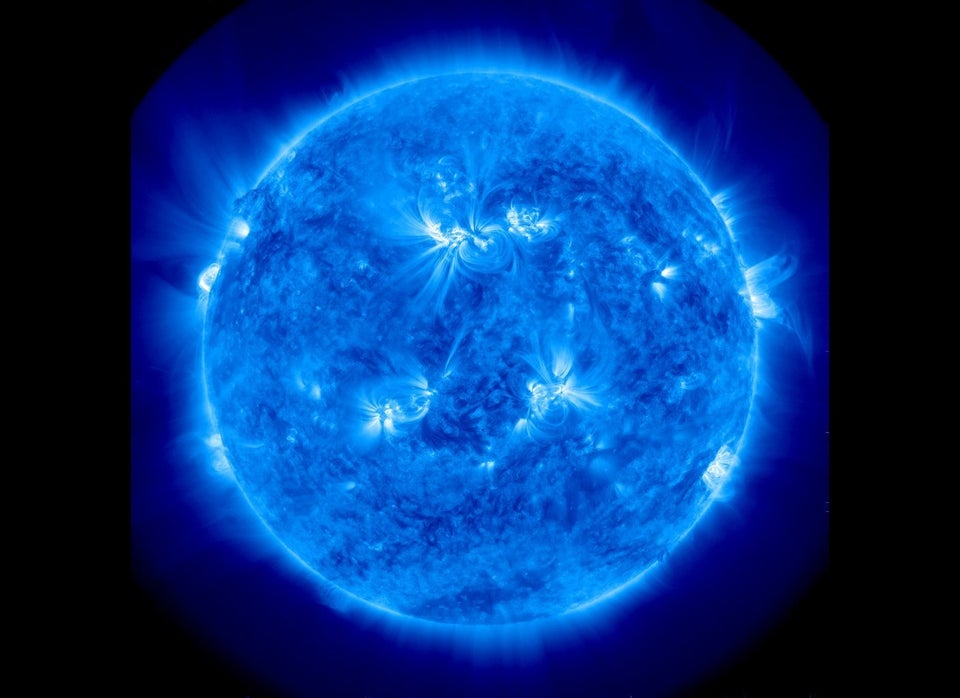Scientists may be close to unravelling one of the big mysteries behind lightning.
In a new study published in the journal Environmental Research Letters, researchers found that solar winds may influence how often lightning strikes on Earth.
Scientists have previously questioned whether cosmic rays cause lightning. The new research supports the notion that cosmic rays play a role, but goes a step further by incorporating the effects of solar wind.
"[A]s the sun rotates, these jets of fast and slow solar wind wash past the Earth. The Earth sits in the sun's atmosphere. So, it shouldn't be surprising that the sun and the solar wind influence our planet," Dr. Chris Scott, a meteorologist at the University of Reading in the U.K., says in a YouTube video released by the university. "We know that it does to some extent because we have the beautiful phenomenon that is the aurora borealis -- that's the northern and southern lights -- and that's caused by these energetic particles penetrating the Earth's atmosphere."
Due to the large number of harmful lightning strikes each year, a team from the university set out to investigate the factors behind the electrostatic discharges in hopes of devising a better system to predict the strikes. What they found is a correlation between solar wind streams and lightning rates.
These particles, or solar energetic protons, may also be responsible for increased lightning strikes. So far, researchers have been unable to identify the mechanism by which the solar winds lead to an elevated number of strikes; but they propose that the reaction is spurred by particles colliding with the Earth's atmosphere. During their research, Scott and the team recorded an uptick in lightning strikes in the days following an instance of solar wind.
After the arrival of a solar wind at the Earth, the researchers showed there was an average of 422 lightning strikes across the UK in the following 40 days, compared to an average of 321 lightning strikes in the 40 days prior the arrival of the solar wind. The rate of lightning strikes peaked between 12 and 18 days after the arrival of the solar wind.
Though the team has been unable to identify exactly where the energized particles from the solar wind collide with the Earth's atmosphere, they're hopeful that further research may pinpoint the specific area and lead to improved storm forecasting.
"What we need to do now is to track these energetic particles down through the atmosphere, to see if we can see where they end up," Scott told BBC News. "We know these particles aren't energetic enough to reach the ground, so they must be stopped somewhere in the lower atmosphere, and we need to know where this is."
Watch the video below for more information about how solar winds affect lightning.
